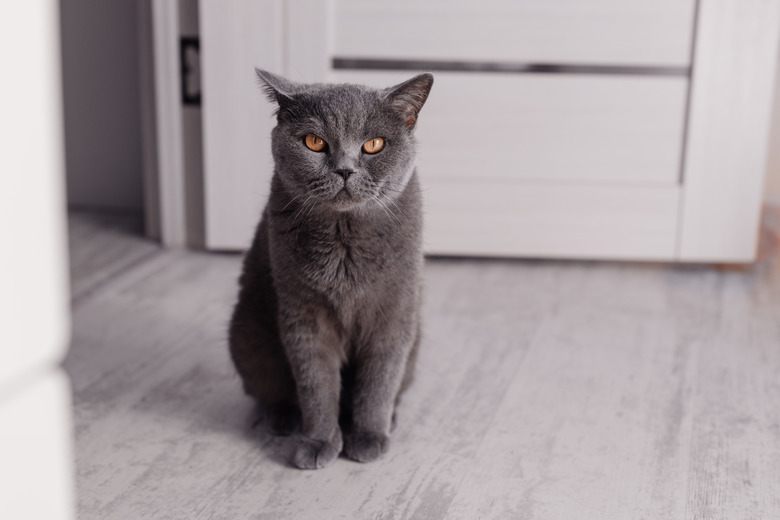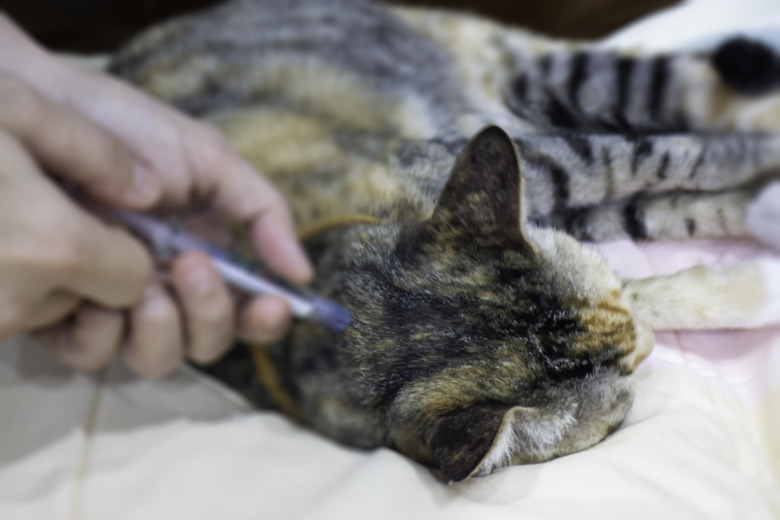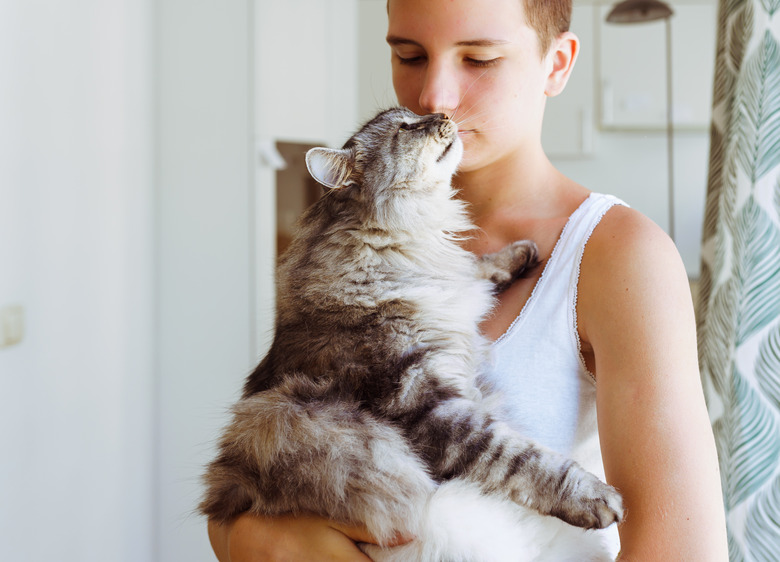Why Is My Cat Drooling After I Put Flea Medication On Her?
Proper application of flea medication is crucial to prevent flea control product toxicity. Should your cat inadvertently ingest even a small amount of insecticides, you might notice them beginning to drool excessively. Take quick action because poisoning with some types of flea products can result in rapid death of your pet.
Use the appropriate flea preventative for cats
Use the appropriate flea preventative for cats
Cats should only receive flea treatments designed specifically for felines. Cat and dog flea medications aren't interchangeable, as cats are particularly sensitive to pesticides.
Cats are not small dogs; they lack enzymes in their liver that break down potentially toxic ingredients that are safe for dogs, such as the active ingredient permethrin/pyrethrin. Ingesting even a small amount of the substance can cause hypersalivation (excessive drooling), muscle tremors, and other severe and unpleasant side effects that require immediate veterinary care.
Don't be confused by flea medicine labeled for cats that list permethrin or pyrethrin in their ingredients. Feline-specific flea and tick products typically contain less than 0.1 percent of permethrin. Permethrin products for dogs contain 45 to 60 percent.
If your cat is drooling after Advantage or Frontline feline flea treatment or any other flea pesticide labeled for cats, chances are they will be fine. For example, Selemectin, the main ingredient used in Revolution and similar generics, can cause salivation and vomiting in cats but is generally safe even if your cat licks and ingests some of the meds. However, a call to your DVM can set your mind at ease. Have the box available so you can go over the list of ingredients and determine whether a trip to the animal clinic is advisable.
Apply flea medication out of your cat's reach
Apply flea medication out of your cat's reach
It's important for pet owners to apply topical flea treatments only where their cats can't accidentally ingest it.
Safe application between shoulder blades. Applying the flea medication between the shoulder blades near the base of the neck is usually the safest place. Some cats can turn their head and lick near the bottom of their shoulder blades, so be careful that you are not placing it too low on their back.
Stop your cat from rubbing and rolling. Don't allow your cat to roll on their back or rub themself against furniture until the flea treatment has thoroughly dried. Should some of the medication rub off, your cat could end up with it in their mouth from the transfer.
Use caution in households with cats and dogs
Use caution in households with cats and dogs
If you've diligently applied the correct type of cat flea treatment and were careful to apply it out of your cat's reach on the back of their neck and between the shoulders, your other pets might be the source of the problem.
A cat could groom or play with another feline in your household, transferring the pesticide from that animal into their mouth or onto their fur. The next time they groom themself, the transferred pesticide could come in contact with their mouth and cause drooling.
If you have a dog in your home, they may rub the pesticide from their fur onto the carpet, couch, or shared bedding, where your cat could come in contact with it. If you have both cats and dogs in your home, avoid using permethrin on your dog. This will prevent the accidental poisoning of your cat through secondhand contact. Keep your dog away from your cat for 72 hours after applying any kind of flea treatment, including flea collars and especially over-the-counter products if you are not sure of the ingredients.
First aid for cats who ingest flea medication
First aid for cats who ingest flea medication
If your cat licked flea medication, wash them with a mild detergent, such as Dawn dish soap, to prevent further contamination and then call your veterinarian. Use lukewarm water, as hot water can increase the absorption of the toxic pesticide, and cold water can increase the risk of hypothermia.
Besides your cat drooling, they may tremble or become very anxious after ingestion of a toxin in a topical medication. Wear leather gloves and long sleeves when handling your cat to avoid getting bit if your cat is panicking. Cats can easily overheat from tremors, so get them to your veterinarian as quickly as possible.
Medical treatment for cat flea product toxicity
Medical treatment for cat flea product toxicity
Your veterinarian will monitor your cat's temperature, and they might administer intravenous fluids to keep them from overheating or becoming dehydrated. Cats usually refuse to drink water when they're experiencing the signs of toxicity, and the muscle activity from tremors makes them lose greater amounts of body fluids.
Your veterinarian may also give your cat medications, such as methocarbamol, benzodiazepines, and propofol, to stop the trembling. It is likely your cat will stay in the animal hospital for 12 hours or more. Talk to your veterinarian about proper nutritional support when you take your cat home, as they may be too sedated or queasy to return to their regular diet right away.
The bottom line
The bottom line
Even indoor cats can get fleas and ticks, so preventing infestations can help overall cat health. However, you should know which medications are and aren't safe for your cat and only use cat-specific products. Certain ingredients in preventatives made for dogs can result in side effects in felines, like hypersalivation and tremors. If you suspect your cat has ingested a flea medication, bathe them immediately and promptly seek veterinary care.


